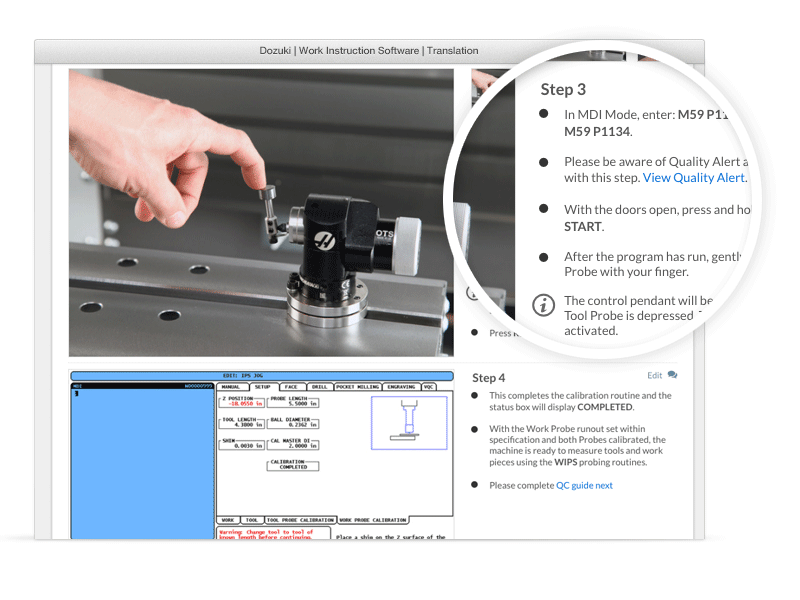THIS IS EDITABLE - PLEASE EDIT + CONTRIBUTE!!!
This post came from discussions about distributed manufacturing here. @jcm80 @ryanfobel @szroboman_opentrons @kaspar @amchagas @julianstirling @moritz_lablab @regfade maybe missing someone sorry if so!!!
Goal
To create a specific TOOLCHAIN (set of connected technologies / procedures) which different hubs can use to produce open science hardware. The focus is on consistency, quality, and building both perceived (branding) and real (product QC) customer trust.
SciBots + Our Sci are going to use this when we start manufacturing together - so it’s make it good! We’ll provide feedback on what worked well and what didn’t in our case. Also recognize we need to be practical about the skills we have, and where we should outsource skills to 3rd parties.
Considerations
When selecting the technologies in the toolchain, we should consider the following:
- Functional - it should do what we need it to do, and do it well!
- Usable - it should require as little training as possible.
- Accessible - should be usable in most countries at most times.
- Supported - the technology should have a long life, and ideally a strong development community
- Open source - we should support open source
Sections of the Toolchain
ADD ITEMS HERE ESPECIALLY!!!
These are the sections of the toolchain which will require a choice of technologies.
Evaluating Potential Products
- Sensorica’s Review Doc: @tiberiusb from Sensorica (cc’ing @fabioballi from Breathing Games) sent this example document for discussing and evaluating new projects for Sensorica. Really helpful and good section overviews, especially like the groupings of growing consensus, attention, alternatives, etc.
- Sparkfun’s onboarding doc: Link here. Another good one, lots of good ideas there.
Product Design Tools
PCB design, 3D design, etc. etc.
- KiCAD - Circuit Board schematics + board layout tool
- FreeCAD - 3D design
- OpenScad - 3D design
Assembly Instructions
- Dozuki - Developed by creators of iFixit, used by Prusa and others. The platform itself is closed source but it’s free to use for open source hardware. It adheres to the oManual standard meaning the data should be exportable.
- Wikifab is a similar system (seems to be in the process of renaming to dokit.io) (open source? [2] – expensive?)
- GitBuilding/BuildUp - Not yet ready for the prime time. This is the work of @julianstirling, @kaspar, @rbowman. GitBuiding is program which turns Markdown with added metadata (Which we are calling BuildUp) into normal markdown with auto-generated bill of materials. It has a built in editor and a will create static website for documentation (Example). We don’t recommend this yet, but we hope people can try it and tell us about pain points.
-
OHAI-kit - The tool from the Lulzbot folks. open source, but I’m (Nick) having some trouble getting their page to load at the moment :-
 .
.
Electronics
- Kitspace - Put your projects in on GitHub/GitLab but generate a page here from which people can more easily buy parts and PCBs.
- Kitspace BOM Builder - Helps you find the right components, select in-stock ones automatically and then lets you buy everything at once and save the BOM for later. Message @kaspar for access to the beta
- Octopart - Search for parts
Documentation Standards
- Open Know-How - A manifest file that lets software and people know what files are what and what the project is about. The aim is to make your project more discoverable.
- DIN 3105 - A standard that let’s you or others certify that this is truly open source hardware (as of yet unreleased – here’s a video)
- ASD-STE100 - Simplified Technical English: a controlled language to help the users of English-language maintenance documentation understand what they read
- oManual / IEEE 1874 - an XML and JSON based standard for storing and transmitting procedural manuals. It is used by Dozuki.
Supply Chain Tools
BOM management, stocking management + SOPs, etc.
For parts and stock management there is Part-DB (open source). It can print barcode labels, keep track of available components and sources & order code of parts. Currently the project is undergoing a complete rewrite.
Part-DB - has a new version out… would love to see an example (none referenced, but clearly used by the community!) - GitHub - Part-DB/Part-DB: Open Source Electronic Parts Database using PHP and MySQL
IndaBOM - also interesting, Django + Python - GitHub - mpkasp/django-bom: A simple bill of materials app built using the django web framework.
Testing instructions
(To check the product for complete functionality)
Use Instructions + Tutorials
Branding
Icons, Art, Web Design, Consistent look and feel
- inkscape - open source design tools
Shipping
Shipping software + tracking
- openboxes - open source inventory and stocking.
Tech support + Customer service
web-based chat software, end user agreements , etc.
Shop/E-Commerce Site
- woocommerce - an open source eCommerce plugin for Wordpress
- Saleor - A standalone e-commerce system built with modern web tech: Python/GraphQL/React
search github for more?. Does anyone have any experience with any?
Advertising + Marketing
email marketing software, customer interaction software (salesforce), advertising options (google adwords), etc.
- SuiteCRM - open source customer relationship tracking.

